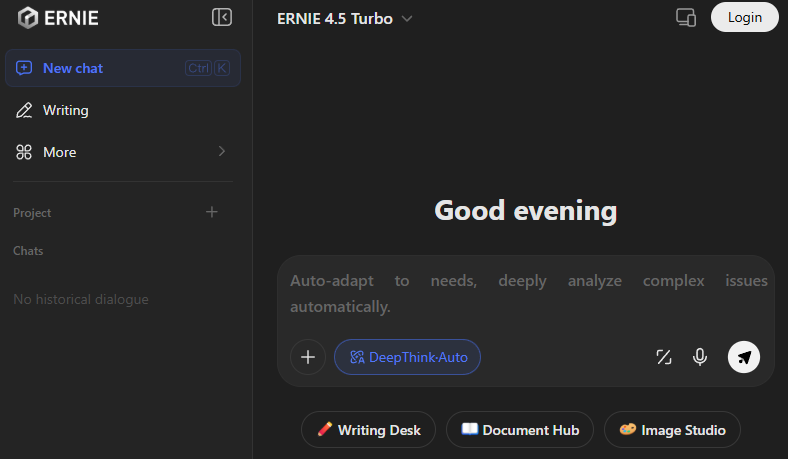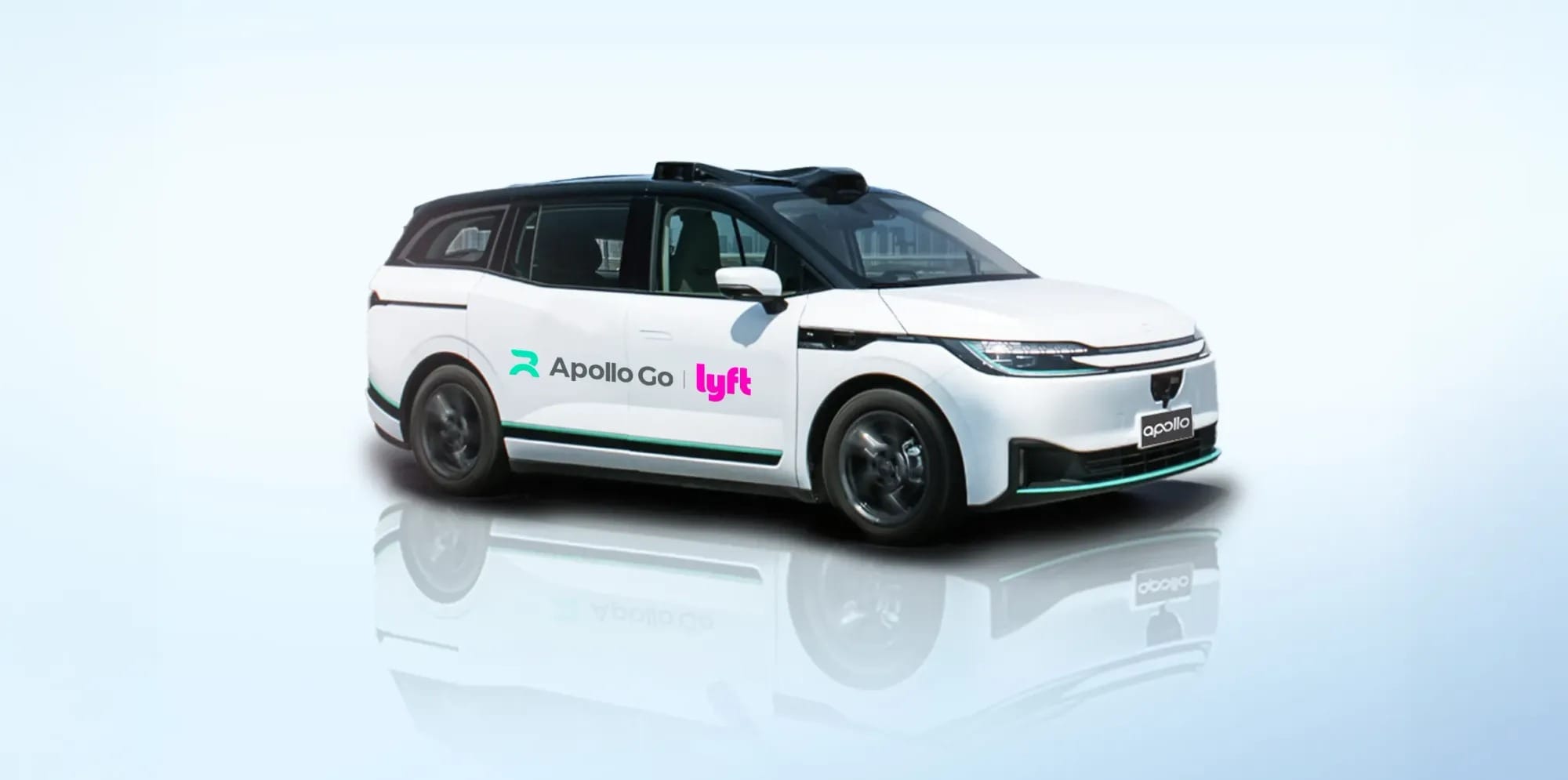Baidu: Balancing innovation with disruption
Thanks to Baidu’s multiple business lines, the challenge posed by AI search transformation is being offset by tailwinds in its Cloud business. Somewhere else, their Apollo Go is off to the races.

As one of the pioneers of China internet landscape, Baidu is well-known for its search engine and highly-regarded as the equivalent of Google. However, with the advent of AI heralding an era of disruption to Baidu’s traditional search and advertising business model, the company is left scrambling to reinvent itself in a short period of time.
Ad monetisation is a key piece of the puzzle which can determine if Baidu can ultimately adjust its business model with success. With online traffic moving from traditional search to AI search, there is now an immediate need to shift ad monetization towards generative AI and agents.
As recent as July 2025, Baidu search result pages comprise 64% of AI-generated content, a markedly increase from earlier months of the same year. It is likely that we see this proportion rises to above 70% in the coming quarter with this continued transition from traditional paid listings. That being said, Baidu seems to take a cautious progressive approach to this change in order to manage the mobile search experience for its large user base.
Whilst the company sorts out its search business, other competitors are also investing heavily in AI capabilities to erode the long-term dominance of Baidu’s search business. Therefore, there is a sense of urgency for Baidu to play both offence and defence in this area, a matter which requires high degree of execution prowess (and the ability to stomach a temporary performance drag from lower traditional ad revenue during this transition).
It is far too early to tell if overall search volume from end users will shrink as new rising AI competitors chip away at Baidu’s market share, but what is more certain at this stage is the limited monetization of AI content (only to see some ramping-up efforts in late 2025) vis-à-vis their existing traditional inventories.

One silver lining is this: By virtue of Baidu’s multiple business lines, the challenge posed by AI search transformation is being offset by tailwinds in its Cloud business. AI-related demand now commands a quarter of Baidu’s cloud revenue, driven largely by enterprises.
Underpinning the entire AI thesis is the company’s Ernie model. Not only is Ernie AI incorporated as agents and digital humans on the search advertising side, the foundational model is also key to its enterprise cloud services and applications for customers. To further improve the earnings visibility from the Cloud business, Baidu is also moving the nature of its cloud revenue from project-based to subscription. This will allow for better resource management, sustainable reinvestment cycle and enables them to be less subjected to volatile or lumpy customer demand.
On this note, at their recent AI Cloud conference, new features were also announced including Qianfan 4.0 for its Model-as-a-Service platform. And within it is MuseSteamer 2.0, an upgraded video creation model which enhances the image-to-video AI capabilities to deliver high quality visuals from text prompts.
With the Cloud business helping to cushion the impacts of AI on its search business, a final longer-term bet that is playing out for Baidu belongs to Apollo Go. Similar to Pony.AI which we previously covered, robotaxi is a direct use case in the exciting field of autonomous driving, and has been an area where Baidu excels in. Being an early investor in this advanced ride-hailing technology, the company is now the global leader in robotaxis.

Riding on its recent momentum, Baidu continues to ink high-profile partnerships with global tech firms like Uber and Lyft. Their target markets around the end of 2025 include countries in the Middle East and Asia while further expansion in United Kingdom and Europe is in the works next year. Notwithstanding the pace of commercialisation lies in the acceptance of regulators in the various cities worldwide, there are signs of growing comfort in the reliability and safety aspects of self-driving technology.
We believe the race is now on for other Chinese competitors like Pony.ai and WeRide to play catch-up. But even more broadly, what is clearly playing out is the technological rivalry between China and US incumbents like Alphabet and Tesla. To this end, Baidu is definitely going to be a frontrunner in this high-prospect area. This, in turn, will likely fuel even greater ambitions in chips development, with their in-house developed Kunlun chip helping to process and power the software side of the autonomous driving platform.



